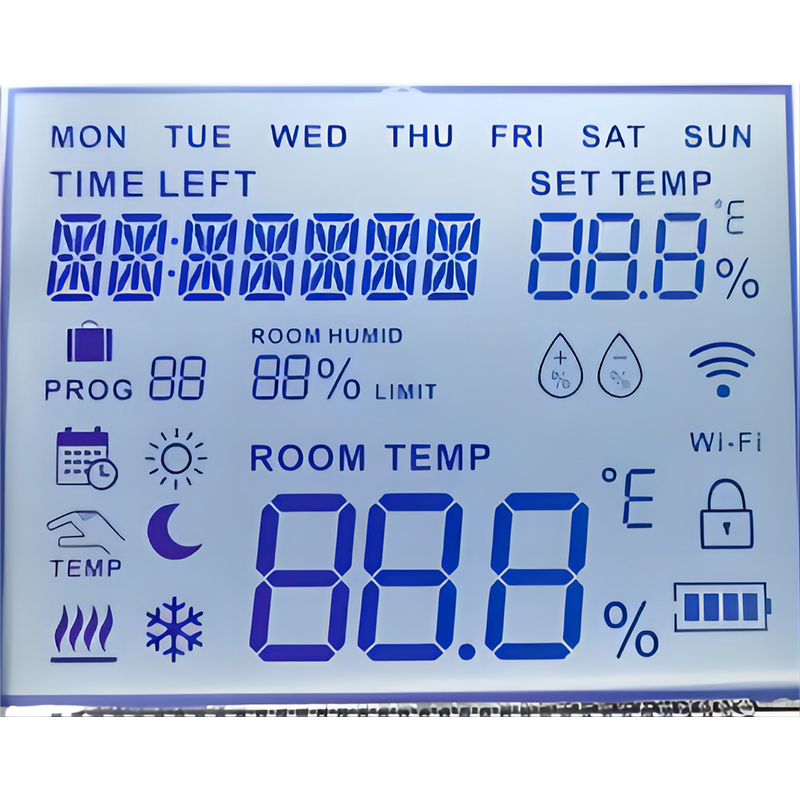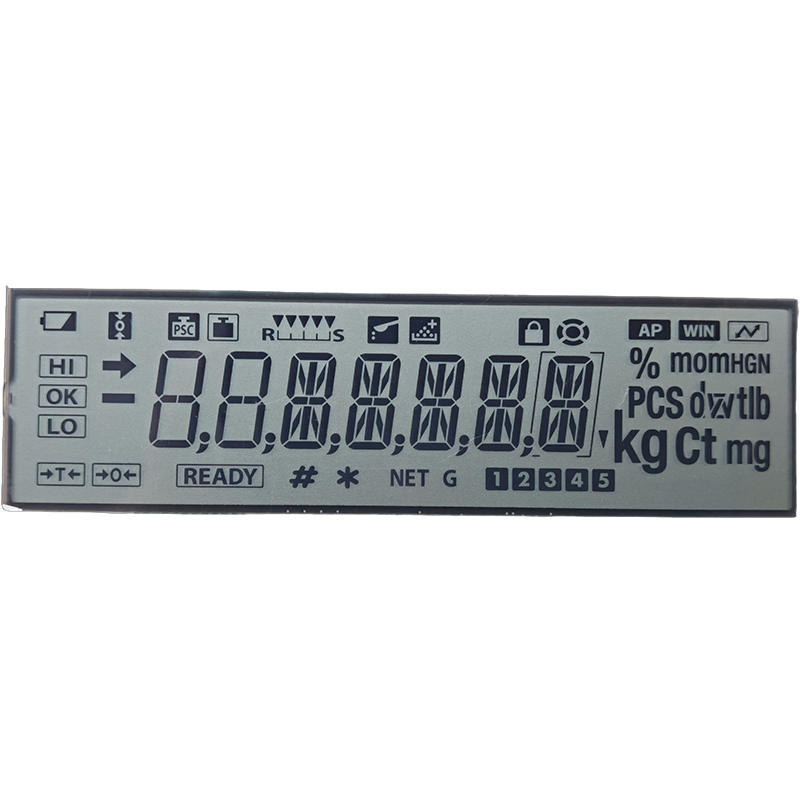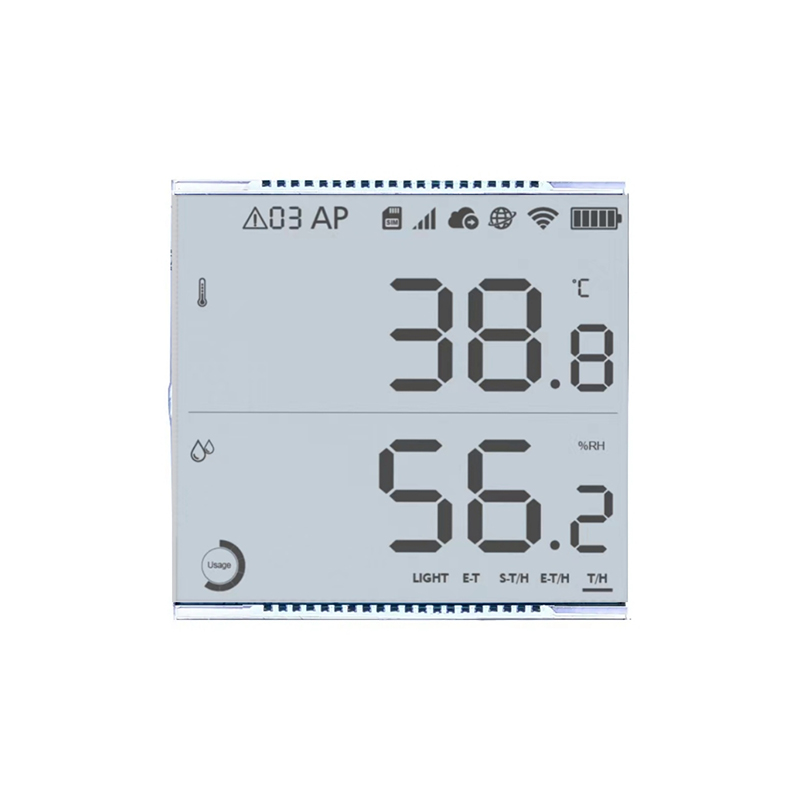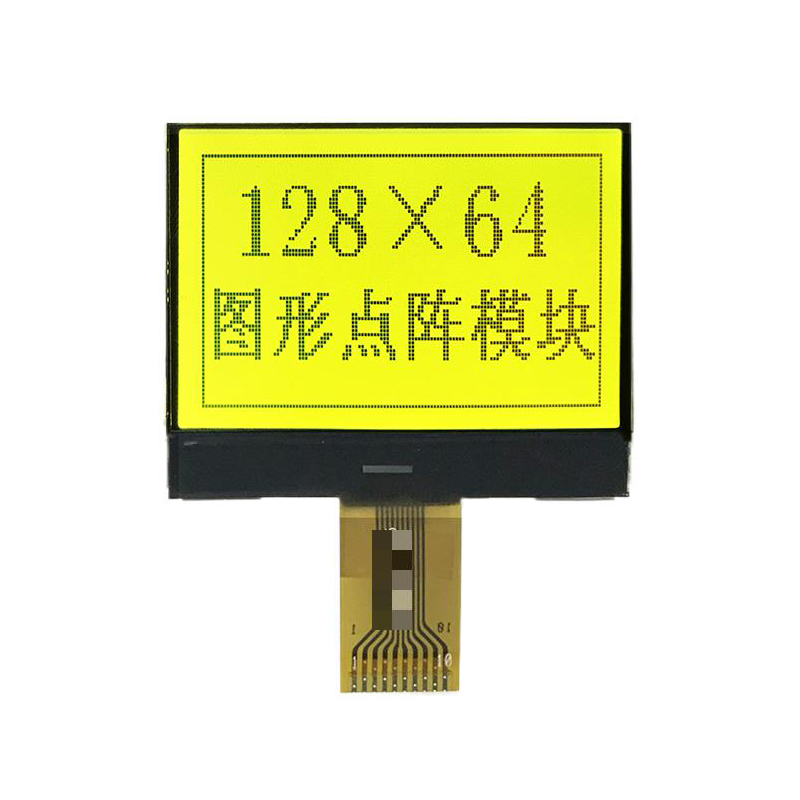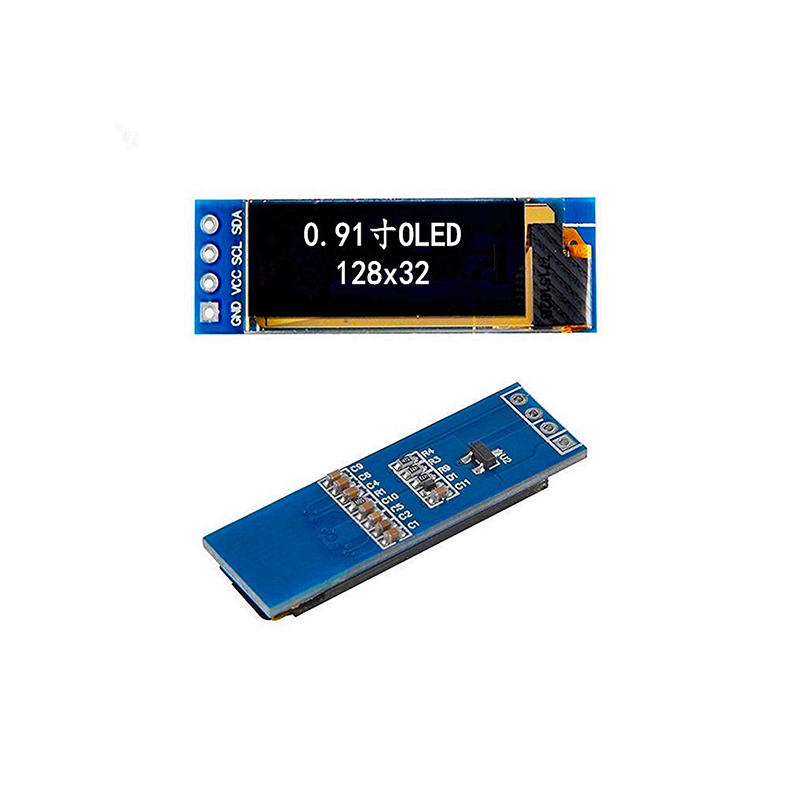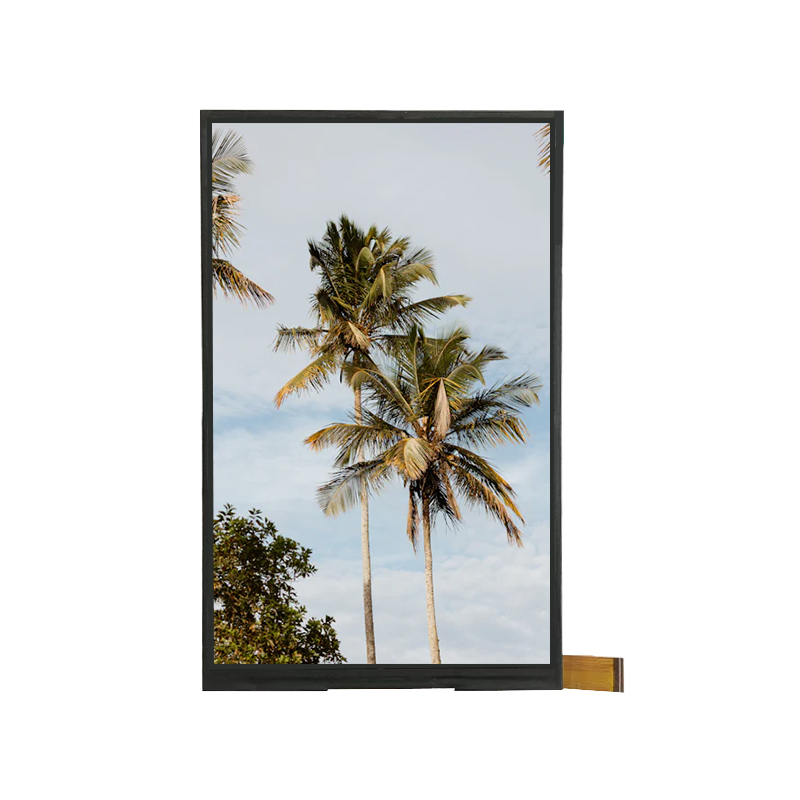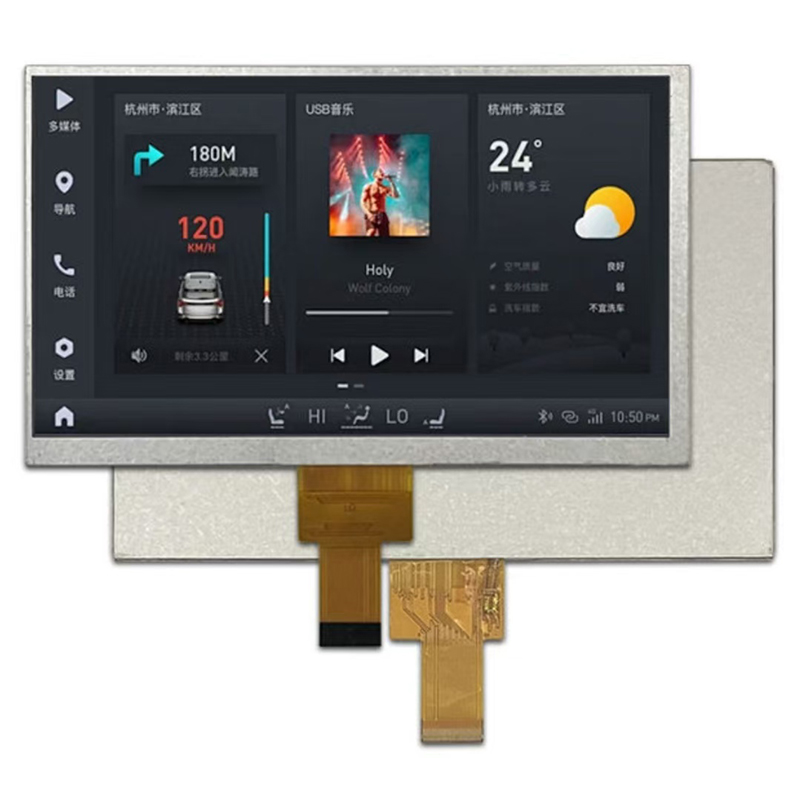
This guide provides a detailed overview of the Adafruit 3.5 TFT display, covering its specifications, applications, advantages, and potential challenges. We'll explore its technical features, delve into common use cases, and offer practical tips for successful integration into your projects. Learn how to get the most out of this popular display and discover resources to help you along the way.
The Adafruit 3.5 TFT display is a popular choice for many hobbyists and professionals due to its excellent resolution, vibrant colors, and relatively easy integration with microcontrollers like Arduino. Key features typically include a 3.5-inch diagonal screen size, a resolution of 320 x 480 pixels, and a resistive or capacitive touchscreen (depending on the specific model). It boasts a bright and clear display, making it suitable for a wide range of applications. The exact specifications may vary slightly depending on the revision and specific model you purchase; always refer to the official Adafruit product page for the most up-to-date details. You can find a wide selection of displays and components at Adafruit's website.
The Adafruit 3.5 TFT display typically uses an SPI interface for communication with a microcontroller. This allows for relatively high-speed data transfer and simplifies the integration process. The specific pins required for connection will depend on your chosen microcontroller and the display's model. Adafruit provides comprehensive documentation and tutorials to guide you through the connection process. Remember to check the datasheets for both the display and your microcontroller to ensure proper wiring and configuration.
The versatile nature of the Adafruit 3.5 TFT display makes it an excellent choice for various hobby projects. From simple data visualizations to complex graphical user interfaces (GUIs), its capabilities allow for creating engaging and interactive experiences. It's commonly used in projects involving Arduino, Raspberry Pi, and other similar platforms. Think digital clocks, weather stations, game consoles, and more. Its ease of use makes it ideal for prototyping and experimenting with different display-based functionalities.
While often seen in hobbyist circles, the Adafruit 3.5 TFT display also finds applications in certain industrial and commercial settings. Its compact size and relatively low cost make it a viable option for embedded systems requiring a visual interface, such as control panels for small machinery or data display terminals in specific applications. However, it's crucial to consider environmental factors like temperature and humidity, as these can affect the display's longevity and performance. For more robust industrial applications, you might need to explore other display solutions offering higher reliability and wider operating temperature ranges.
Adafruit offers several variants of their 3.5 TFT displays. Some key differences include the type of touchscreen (resistive vs. capacitive), the specific controller chip used, and the backlight type. Careful consideration of these factors will ensure you select the optimal display for your needs. Always consult the official product pages for detailed specifications before making a purchase. This will also help you find the correct libraries and examples to support your chosen model.
While generally reliable, certain issues can arise when working with the Adafruit 3.5 TFT display. Common problems might include incorrect wiring, software glitches, or display malfunctions. Thorough troubleshooting, often involving checking connections, reviewing code, and consulting online forums and the Adafruit community, is usually successful in resolving most issues. Remember to consult the extensive documentation available from Adafruit for support and troubleshooting guidance.
The Adafruit 3.5 TFT display offers a compelling combination of affordability, ease of use, and versatility, making it a popular choice for a broad range of applications. Understanding its specifications, proper integration techniques, and potential challenges will significantly contribute to successful project implementation. Remember to always refer to the official Adafruit documentation for the most up-to-date information and support.
For high-quality LCD displays and other display solutions, consider exploring the offerings of Dalian Eastern Display Co., Ltd. at https://www.ed-lcd.com/. They provide a wide range of displays for various applications.

